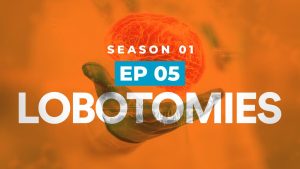The neuroscience behind the benefits and risks of marijuana, explained.
Splintered legislature, evolving taboos, and new forms of consumption have created a fragmented market for cannabis, and made it challenging for scientists to research its effects on our brains and bodies.
In this episode, we unpack what we know about the cognitive impacts of marijuana use — the good and the bad — and explore new studies which are filling in the gaps.
We discuss:
- The difference between the THC and CBD cannabinoids, and their unique effects on our brains
- How your endocannabinoid system works, and how it’s altered under the influence of marijuana
- Why one woman with a genetic mutation that affected her endocannabinoid system couldn’t feel pain
- The benefits of marijuana: nausea relief, pain management, and possible uses for reducing seizure frequency and helping with mental health
- The risks of marijuana: memory disorders, addiction, developmental issues, and the dangers of high-potency products that are increasingly difficult to regulate
- Why we first consumed cannabis, about 12,000 years ago
Our incredible guests this week are:
- Dr. Daniele Piomelli, Director of the Institute for the Study of Cannabis at the University of California Irvine
- Dr. Susan Weiss, Director of the Division of Extramural Research at the National Institute on Drug Abuse
Links
Dr. Daniele Piomelli
Dr. Susan Weiss











